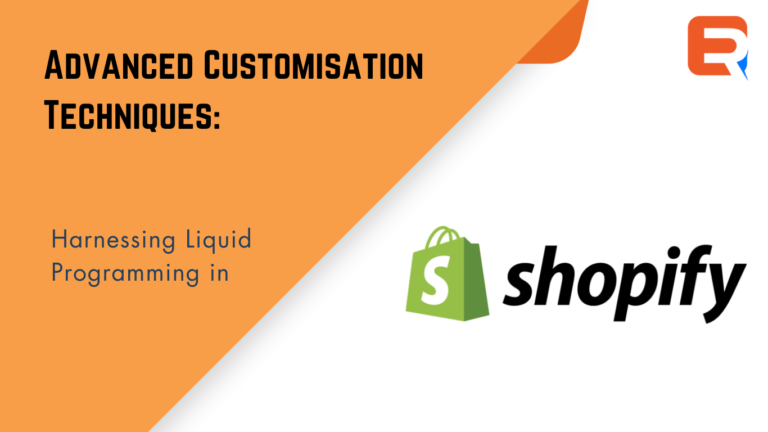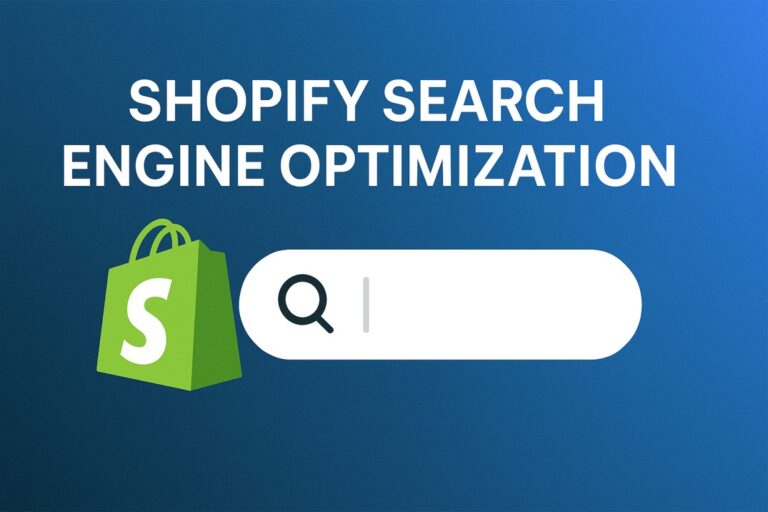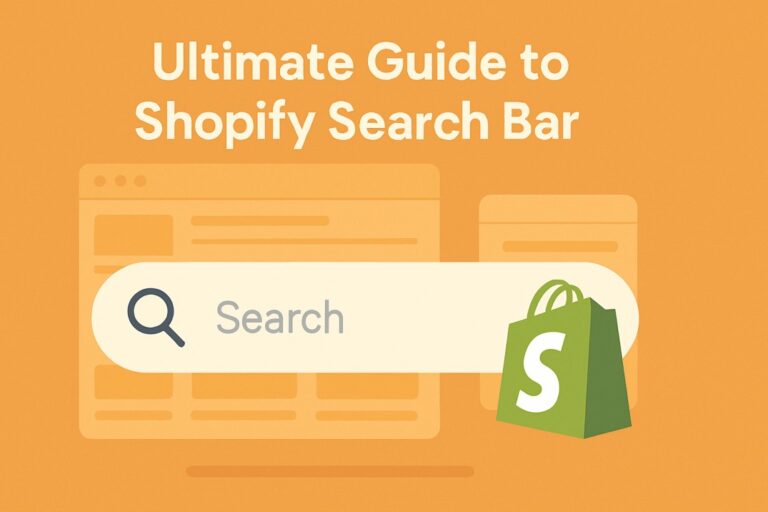Customization and Personalization are not just for the sake of customers. You need to put a strong emphasis on both of these from the get-go. Think of it this way, your website is the first thing that a potential customer sees upon their first-time visit. Always remember, the first impression lasts and it definitely matters.
There are a lot of things you can do and steps you can take to make that first impression the best impression. And among those, Liquid Programming in Shopify is one of the things you should strongly consider right now.
A template language called Shopify Liquid is used to create or alter Shopify themes. Although this template language is expressed in Ruby or is believed to be developed in Ruby, it has a completely distinct syntax from other programming languages, thus if you are comfortable with Ruby you have undoubtedly heard of it.
The Shopify liquid is also quite constrained. For example, you cannot accomplish a lot with liquid. For instance, you are unable to retrieve data from a server owned by a third-party website. So, let’s see what customization techniques you can use for the betterment of your website
Improving the Theme Layout
The theme architecture of a Shopify store that has been streamlined, forms its basis. You may enhance your website’s efficiency and loading speed, which is a key element in search engine rankings, by arranging your theme files logically and effectively.
Make sure your theme adheres to a modular framework to do this. Separately create files for your theme’s header, footer, item grid, and sidebar, among other elements. This strategy makes customization and maintenance simpler and improves the user experience as a whole.
Learning to Manage If, Else, and Case Statements in Liquid Control Structures
You may incorporate dependent rendering and logic into your Shopify theme using Liquid’s control structures. You may design dynamic content that responds to particular circumstances, such as the accessibility of a product or the sort of consumer visiting your business, by utilizing if, else, and case statements.
When determining whether a requirement is true or false, the material is rendered using if statements. If the condition is false, you may define what information should be displayed by using else statements. You may test several circumstances by using else-if statements as well.
A variable is tested against a range of values using case statements. They are in handy when you need to take various actions depending on the outcome of a variable.
Product Page: The Primary Brick of Your Website
Any online shopping store’s product pages are its beating heart, therefore maximizing them is crucial for both consumer satisfaction and search engine exposure. You have complete flexibility over altering product pages with Liquid Programming in Shopify to best present your items.
Think about putting structured data like product reviews, rankings, and price details in rich snippets on your product pages. The possibility of higher ranks is increased by these rich snippets, which also improve the aesthetic attractiveness of your pages on search engines.
Utilize Shopify Liquid’s versatility to make one-of-a-kind product templates for various categories. You can offer your clients an individual shopping experience while also boosting your search engine rankings by customizing the style and structure of your product pages to suit the unique requirements of each product category.
The Looping and Loop Shenanigans
In Liquid, loops let you cycle through collections like items or articles while performing operations on each one or displaying content. Shopify store owners that need to dynamically show a list of items, blog posts, or other sorts of information may find this to be especially helpful.
For loops, it may be used to show a list of recent blog posts. You may accomplish this by repeatedly reading the articles on a certain blog.
In the Shopify theme, you can build interactive material that updates automatically when you add or delete products from your set of collections by utilizing loops to iterate through collections. This makes it simple to maintain the material on your site interesting and relevant for your consumers.
Say Yes to Modular Themed Design
A strong feature that lets you build modular, reusable components for your Shopify theme is called liquid inclusions. By dividing the design code into smaller, easier-to-manage chunks with includes, you can maintain uniformity across your whole store.
You may develop a modular design that is simpler to comprehend and manage by dividing your theme code into smaller, components that can be reused.
You may organize your theme’s code better and make it simpler to navigate and comprehend by breaking it up into smaller, function-specific files.
You must create an additional file in your theme’s “snippets” folder in order to make a Liquid inclusion. The file’s extension must be “.liquid”.
You can make your Shopify theme more structured, manageable, and consistent by utilizing Liquid includes. You may speed up the process of developing your theme and improve the user interface for both you and your consumers by utilizing includes for reusable and standard components.
Is it an Engine or a Language?
Liquid is referred to by some as a template language and by others as a template engine. Whichever title you choose, it doesn’t really matter because both are accurate in many respects. We generally call it a template language. Like a web-centric language like PHP, it has syntax, notions like output, reasoning, and looping, and it communicates with data.
The similarities truly stop there, though. There are several things you simply cannot accomplish with Liquid Programming in Shopify. It has been carefully considered, though, and what might initially appear to be a limitation is often intentional and for a good cause.
To Sum Up
Liquid Programming in Shopify takes some time to get accustomed to and to understand it properly. It’s frequently simpler to go through and determine what the code will accomplish because it’s a more legible code.
You will benefit as a business owner and you will be better able to understand what your theme is doing if you comprehend Liquid. Regardless of whether you are not a developer, coder, or engineer, you might be able to solve certain problems on your own if you understand Liquid Programming in Shopify. Your time and money can be saved from this!




